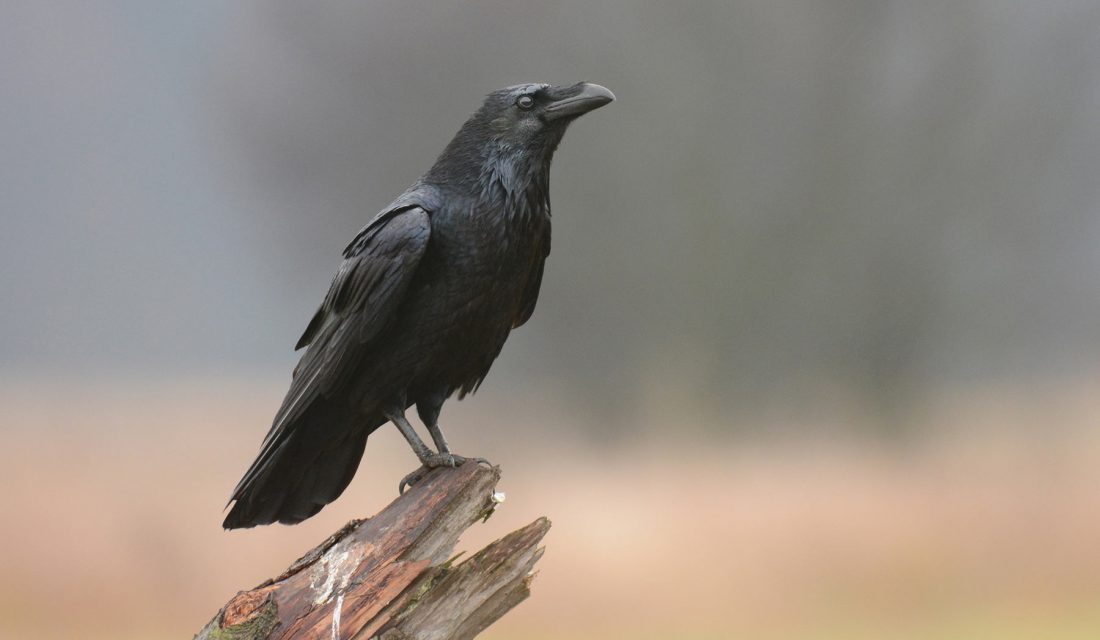Halloween is right around the corner, and with it comes the spooky season filled with tales of haunted houses, creepy creatures and eerie encounters.
While we often associate this time of year with fear and fright, there are certain animals native to Canada that have unfairly earned a reputation for being terrifying. In this blog post, we’ll debunk some common myths about three of these creatures: bats, spiders, and ravens. We’ll also shed light on the vital conservation benefits these animals provide and why it’s essential to upload your observations of them to iNaturalist Canada.
Bats: Silent Guardians of the Night

Bats have long been associated with the supernatural and the macabre. Their nocturnal habits, eerie flight patterns, and association with vampires in folklore have contributed to their spooky reputation. However, the truth about bats is far from the sinister image often portrayed in movies and Halloween decorations.
In Canada, there are 19 species of bats, and they are an essential part of our ecosystem. Bats play a crucial role in controlling insect populations, including pests that harm crops and spread diseases. They are silent, efficient hunters, using echolocation to locate their prey. Contrary to the myths, bats are not interested in human blood; all our Canadian bats feed exclusively on insects and in other countries, most of them eat insects, fruit, or nectar.
Bats are facing numerous threats, including habitat loss, wind energy turbines, pesticides, eviction from roosting sites, and a fungal disease called White-nose Syndrome. At the Canadian Wildlife Federation our work focuses on addressing threats beyond White-nose Syndrome and how this will help conserve the bats that do survive the disease. For more information, visit HelpTheBats.ca.
Spiders: Nature’s Web Weavers
 Spiders are perhaps one of the most misunderstood and maligned creatures in the animal kingdom. Their eight legs, venomous fangs, and penchant for weaving intricate webs have led to many arachnophobic myths and fears. However, the majority of spiders in Canada are harmless to humans and provide invaluable services to our ecosystems.
Spiders are perhaps one of the most misunderstood and maligned creatures in the animal kingdom. Their eight legs, venomous fangs, and penchant for weaving intricate webs have led to many arachnophobic myths and fears. However, the majority of spiders in Canada are harmless to humans and provide invaluable services to our ecosystems.
Canada is home to over 800 species of spiders, and while a few possess venom potent enough to harm humans, they rarely pose a threat. Spiders are unsung heroes in the world of pest control. They are voracious predators, and their primary diet consists of insects. By preying on a wide variety of insects, including flies, mosquitoes and agricultural pests, spiders help maintain ecological balance. This natural pest control service reduces the need for chemical pesticides that can harm other non-target species and have detrimental effects on the environment.
Ravens: The Wise Watchers of the Wilderness
 Ravens have long been associated with omens and superstitions, often depicted as messengers of doom in folklore and horror stories. These highly intelligent birds are vital members of Canada’s wildlife community.
Ravens have long been associated with omens and superstitions, often depicted as messengers of doom in folklore and horror stories. These highly intelligent birds are vital members of Canada’s wildlife community.
Ravens are not merely scavengers; they are true ecosystem engineers. Their role in the wild is akin to nature’s clean-up crew. They have a remarkable ability to detect carrion, such as the remains of animals that have perished in the wilderness. By consuming and removing carcasses, ravens help prevent the spread of disease within their ecosystems. This scavenging behaviour serves as a natural sanitation service, reducing the risk of pathogens affecting other wildlife and even humans.
Additionally, ravens are known to cache food, burying surplus food items underground to consume later. Some of these caches go uneaten and grow into trees or shrubs, unintentionally planting the seeds of various plant species. This process contributes to the dispersion of seeds across the landscape, promoting plant diversity and regeneration.
The Importance of Uploading Observations

These Halloween animals—bats, spiders, and ravens—are not as spooky as they might seem. They are an integral part of Canada’s ecosystems, providing valuable services and enriching our natural heritage. By participating in citizen science projects like iNaturalist, you can actively contribute to their conservation and dispel myths that perpetuate fear and misunderstanding.
Your observations matter. They help scientists monitor populations, track changes in distribution, and develop conservation strategies. So, this Halloween season, instead of fearing these creatures, embrace the opportunity to learn more about them and contribute to their protection. Share your observations on iNaturalist.ca or through the iNaturalist app and consider joining the CWF’s Observation Nation Project. Together, we can celebrate these misunderstood animals and the critical roles they play in our environment.
Happy Halloween!



